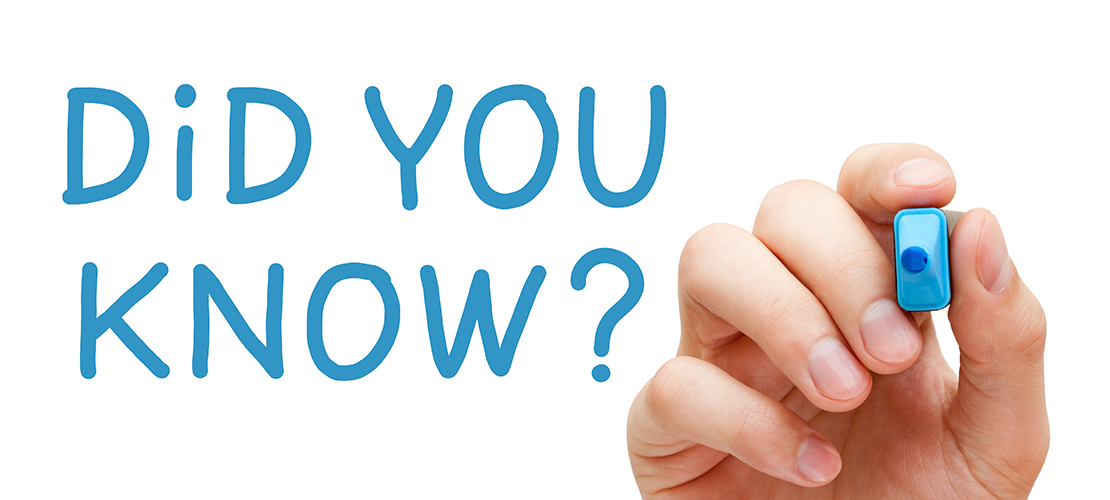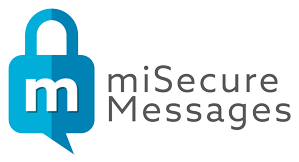
Team Communication Style
What is Team Communication?
Team communication is when the members work interdependently to achieve one goal. When an organization shifts some power and authority to a team, the dynamic of how the group operates changes with the shift. This change affects:
- leadership
- decision-making
- how work activities are connected.
Understanding how your team communicates reduces misunderstandings. Many of us practice these behaviors and communication styles actively without consciously knowing. The types of communication used within your team consists of the following:
- passive
- aggressive
- passive-aggressive
- and assertive.
Passive
Passive communicators are supportive and non-confrontational. They use nonverbal communication, such as using their face to point to something rather than verbally telling where it is. Passive communicators may feel socially anxious, thus, may suffer from increased stress. A secure messaging app will alleviate social anxiety and provide clear directions for their tasks to aid passive communicators.
Aggressive
Aggressive communicators are confrontational and confident in their ideas. May feel unsupported at work. Aggressive communicators may use bold communication to achieve their goals, resulting in increased conflicts, miscommunication, lost team trust, and patronizing. With aggressive communicators, using a secure messaging app will clarify the tasks, roles, accountability, and responsibilities.
Passive-Aggressive
With passive-aggressive communicators, verbal and nonverbal communication may come off as contradictory. Such as communicating they're excited about a task. However, their body language expresses a frown and a crossed arm. Passive-aggressive communicators feel uncomfortable being direct about their needs and often feel the team wouldn't accept their opinions. Having the team create connections outside the tasks or project with a secure chat will encourage team building.
Assertive
Assertive communicators are comfortable advocating for themselves and others—functional communicators who productively share their feelings. Empowering strong communicators will boost their confidence and even allow them to transition to a leadership role. Assertive communicators are team-oriented and having a secure platform that helps team chat further enriches assertive communicators.
What is Team Success?
A successful team maintains good social relations, completes tasks, and promotes professional and personal development. A team's success relies on the organization's culture. The characteristics of a successful team include the following:
- a clear goal and direction,
- quality leadership
- tasks suited for teamwork
- supportive organizational environment
- essential resources to carry out the tasks.
Group cohesion is dependent on team success, by engendering opportunities and rewarding successful performance improves team efficacy and builds cohesion among team members.
Roles Within a Team
Within healthcare, role or interrole (having several positions at a time) are established and complex. Role ambiguity and role conflict cause stress, which can negatively impact an organization, creating:
- a higher level of stress
- increase turnover rates
- decreases satisfaction and morale.
How Behaviors Impact Team Efficacy
Understanding the two group behaviors and using both increases team performance. These two groups are called task behaviors and social behaviors. Task-related support includes information sharing and behavioral assistance. In contrast, social support covers the social recognition aspect. Balancing between the two is the key to successful team performance; however, the two behaviors depend on the task and group. The group's maturity level also dictates the balance of functions and social behaviors. In forming, group members use social-oriented behaviors to develop social relations. Groups in the performing stage will use task-oriented behaviors, but once the work team establishes concrete social ties, they're more likely to handle time pressure effectively.
Here are some examples of how the two behaviors impact team performance:
Task Behavior
With work teams (task-oriented groups), task-oriented behavior will overlook the group's interactions. Often in work settings, tasks are prioritized, and social relations seem less critical.
Task-related work teams:
- give ideas and advice
- provide supportive backup
- increase collective efficacy and team coordination.
Social Behavior
Social relations are vital in work teams, and a balance between task and social behavior is crucial in determining the success of a work team.
Social-related work teams:
- promote social relations
- build trust in communication
- encourage the team to work seamlessly
- provide social support
- reward participation.
Does Team Adaptation and Learning Work?
Since teams can adapt to uncertainty and change how they respond according to their environment, team adaptability is a form of problem-solving. Teams analyze the situation and act accordingly while also learning from the experience. Learning is a continuous process of action and reflection it improves team processes and task performance. Levi stated, "For example, surgical teams with higher level of team safety had team leaders who were more inclusive; they helped minimize status differences among team members and encourage participation in discussions about how to improve," (Levi, p.75). Team learning is successful when using feedback effectively, focusing on positive and negative feedback. A safe environment allows team members to provide honest feedback.

